(USMLE topics, reproductive system) This video is available for instant download licensing here: https://www.alilamedicalmedia.com/-/galleries/all-animations/female-reproductive-system-videos/-/medias/73349844-d3cc-11e3-b500-f2b86e40979d-the-menstrual-cycle-narrated-video ©Alila Medical Media. All rights reserved. Support us on Patreon and get FREE downloads and other great rewards: patreon.com/AlilaMedicalMedia Understanding the menstrual cycle. The menstrual cycle is a term used to describe monthly events that occur within a woman’s body in preparation for the possibility of pregnancy. Each month, an egg is released from an ovary in a process called ovulation. At the same time, the lining of the uterus thickens, ready for pregnancy. If fertilization does not take place, the lining of the uterus is shed in menstrual bleeding and the cycle starts over. An ovary contains hundreds of thousands of primary oocytes – immature eggs, or ova. Each of these is enclosed in a structure called a follicle, and at this stage — a primordial follicle. The menstrual cycle is under control of hormones secreted by the pituitary gland and the ovaries. The pituitary itself is under control of the hypothalamus. The hypothalamus produces a hormone called the gonadotropin-releasing hormone or GnRH. GnRH stimulates the anterior lobe of the pituitary to secrete follicle-stimulating hormone (FSH). FSH travels in the bloodstream to the ovaries and stimulates a group of follicles to grow. These primordial follicles develop into primary follicles and then secondary follicles. These produce a hormone named estrogen which acts to stimulate the growth of the endometrium — the inner lining of the uterus. The secondary follicles compete with each other and only one of them will survive and become a mature follicle, the rest atrophy and die. The increasing level of estrogen also acts on the hypothalamus and the anterior pituitary to increase the level of GnRH and induce the production of another hormone — luteinizing hormone (LH). A surge in LH secretion triggers ovulation – the release of the egg from the follicle and the ovary. The egg is then swept up by the fimbriae (FIM-bree-ee) and taken into the uterine tube. Fertilization by a spermatozoon, when it occurs, usually takes place in the ampulla, the widest section of the fallopian tube. The fertilized egg immediately begins the process of development while travelling toward the uterus. After 6 days it becomes a blastocyst and is implanted into the endometrium of the uterus. Meanwhile, the left-over of the ruptured follicle has become a corpus luteum which secretes progesterone. Progesterone further stimulates uterine development making it a nutritious bed for the embryo in the event of pregnancy. In the absence of pregnancy, the corpus luteum atrophies and progesterone level falls. This leads to the breakdown of the endometrium, menstruation begins and the cycle starts over. All images/videos by Alila Medical Media are for information purposes ONLY and are NOT intended to replace professional medical advice, diagnosis or treatment. Always seek the advice of a qualified healthcare provider with any questions you may have regarding a medical condition.
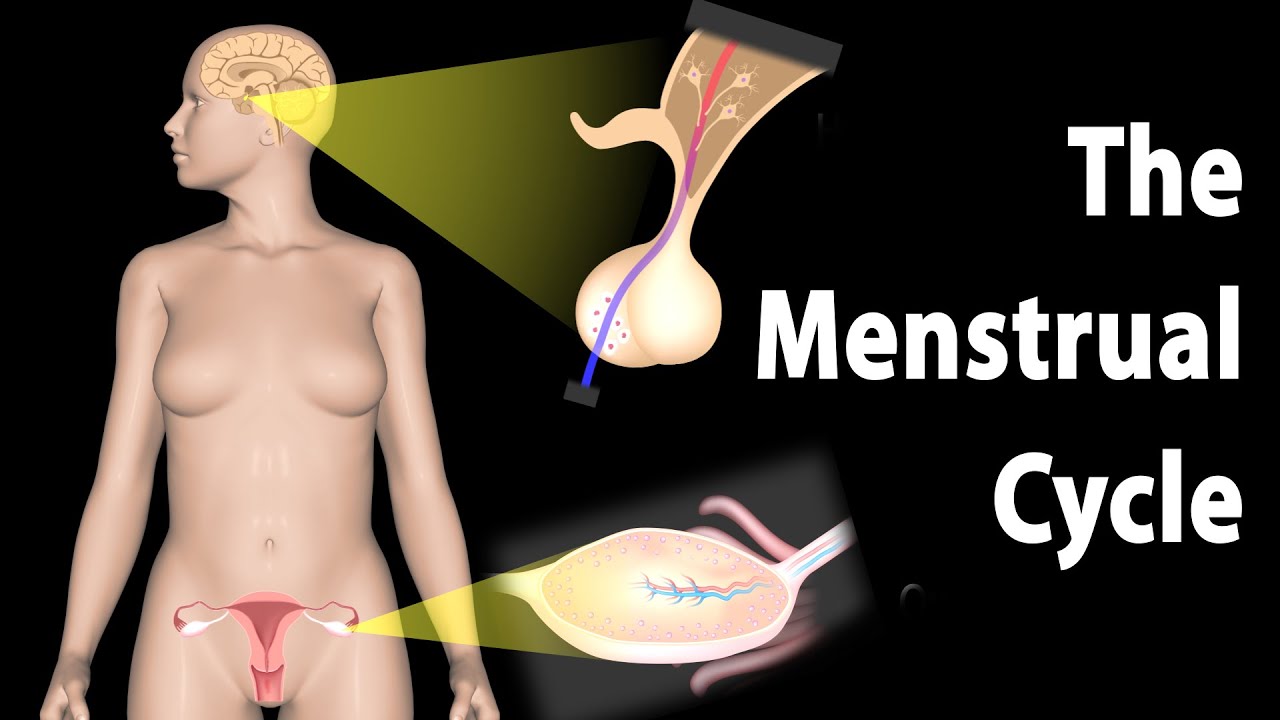
Hormonal Control of the Menstrual Cycle, Animation.
- Post author:
- Post published:May 6, 2021
- Post comments:0 Comments
You Might Also Like

Animation

How To: Tricep Pushdown (Life Fitness Cable)

How to Do Back Extensions

Cool Down

Plant-Based Bodybuilding

Top 5 Best Vitamin B Complex Supplements in 2020 Reviews

Wexford University Health, Fitness, Nutrition Degrees

Introducing BeFiT GO – High intensity circuit training workouts designed for your mobile device!
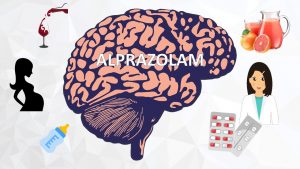
Alprazolam
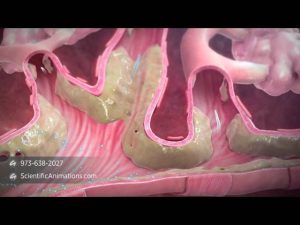
Pharmacology Mechanism of ActionMOA 3D Animation Demoreel

12 Exercises To Change Your Life
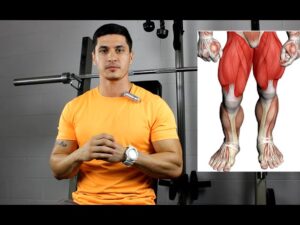
3 Quad Training Tips for Faster Leg Gains (Muscle-Group Series)
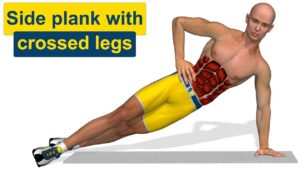
Side Crunch With Weight-2

Nutritional Advice : How to Raise LDL Cholesterol
Omega 3 Supplement

9 Common Side Effects of Fish Oil Supplements

Body mass index Meaning

Good or Bad Vitamin Supplements Medical Course
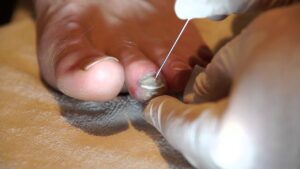
How to drain a subungual hematoma (blood blister beneath the toenail)
Cool Down

What is HEART? HEART meaning & definition – HEART functions – How to pronounce HEART

Heart Failure Warning Signs and Symptoms

Lat Pull Down-10
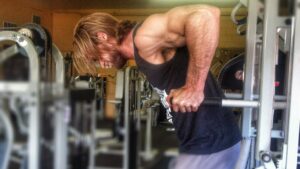
How To Do Dips – Chest & Triceps Exercise
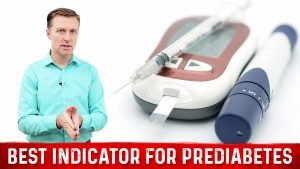
Pre diabetes Symptoms Explained By Dr.Berg

Does Rogaine/Minoxidil Work Effectively? How about Propecia/Finasteride?

“Skinny Fat” Body Type: Should You Bulk Or Cut First? Info by Guru Mann

Volleyball Video – 1
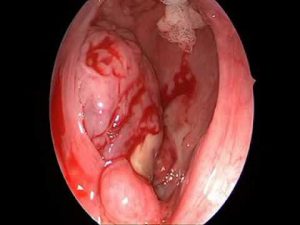
Tonsil Abscess (Pus Formed Within Infected Tonsil Tissue)
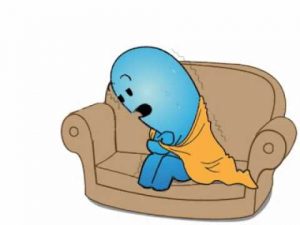
Tuberculosis (TB) symptoms animation
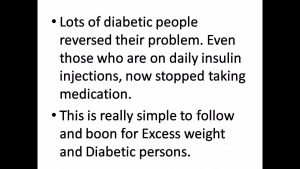
Veeramachineni Ramakrishna Diet plan in English

BCS: Straightbar Bicep Preacher Cable Curl Exercise (Advanced Biceps Exercise)

Erector Spinae Back Extension-19

How To: Tricep Pushdown (Life Fitness Cable)

Erythrocyte Sedimentation Rate explained

8 Body Type
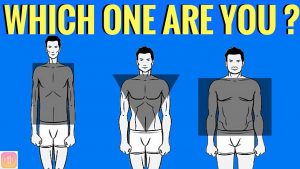
WHICH BODY TYPE ARE YOU? How to Train & Eat for YOUR body type?

Glucosense ends finger pricking for people with Diabetes
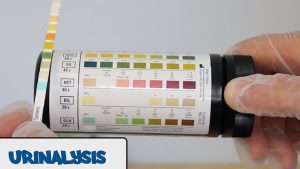
Urinalysis – OSCE Guide
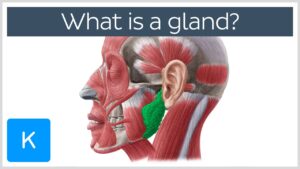
What is a gland? – Human Anatomy | Kenhub

Muscle Building Workout & Squats Video – 30

